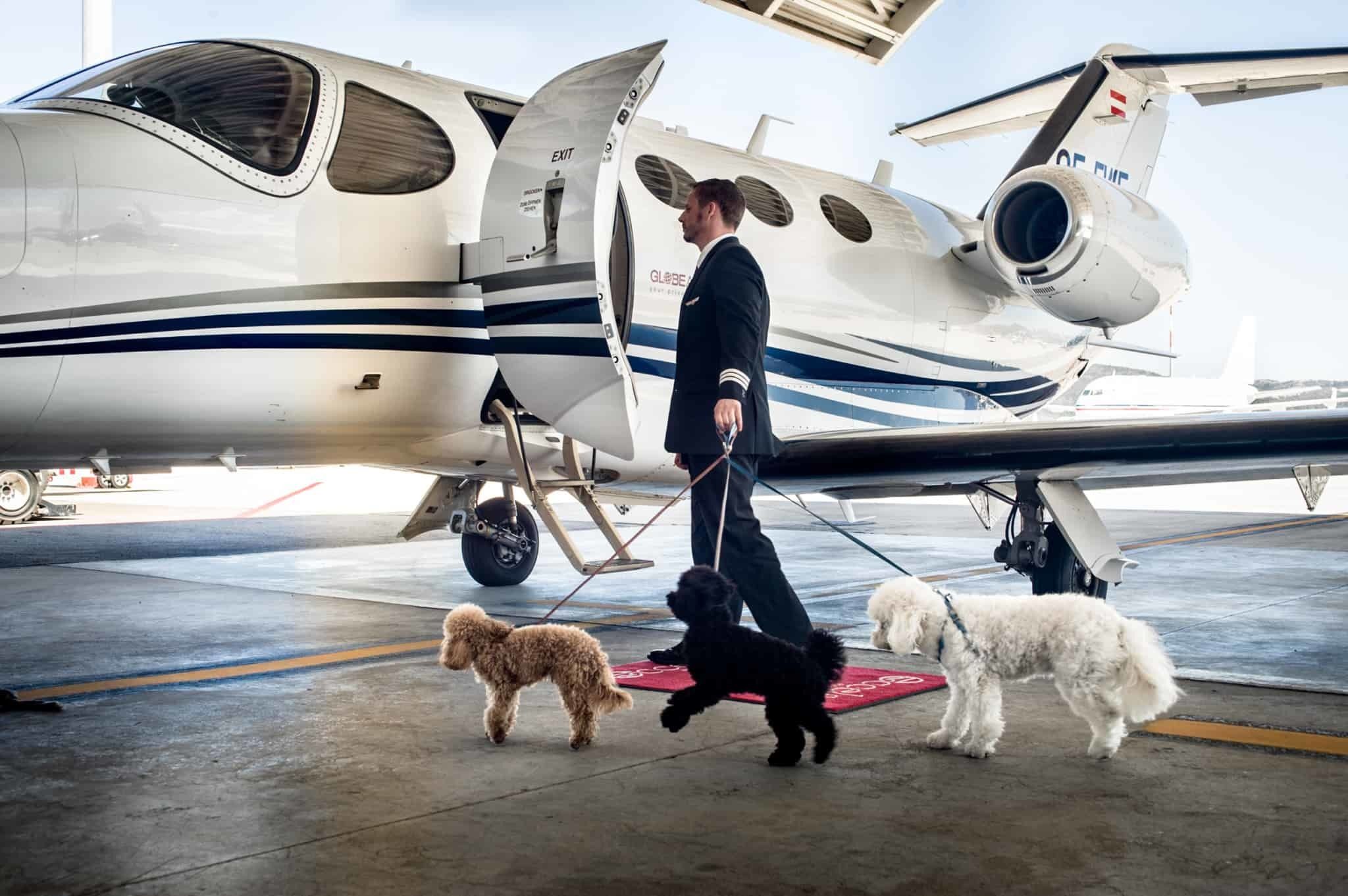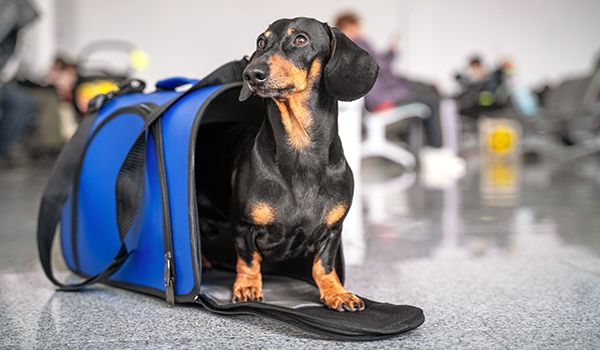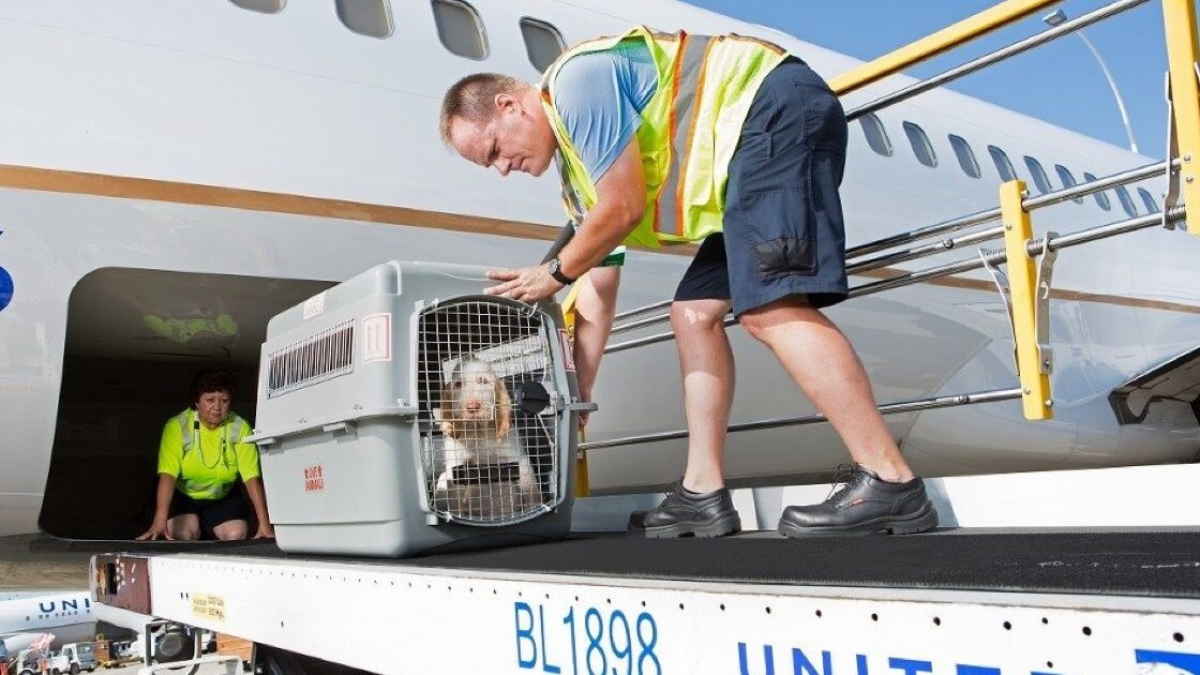Did you know that February 20th was “Love your pet day”? If you forgot to celebrate this special day with a furry friend, you could always take your favorite animal on a flight to a pet-worthy holiday locale. Pet travel has been popular for many years but not as easy as today. Has this always been so popular or easy to do?
History of pet travel
During the Golden Era of commercial air travel, flying with a pet was nearly unthinkable for most people. In those days, the cost of flying equaled several months’ salary for many people who could only dream of airborne transportation. Only the wealthy went with their pets until the late 1980s, and few upscale hotels catered to them. In most instances, private rail cars or automobiles were used for transportation.
A TWA flight attendant changed the status quo in 1989. Gayle Martz was keen on bringing her Shih Tzu along on her travels, but the regulations at that time made that difficult. So, she created a bag (called the Sherpa Bag) that would transport her pet and fit under the seat in the cabin. Gayle didn’t stop there, as she circulated petitions to numerous airlines to modify their rules and allow animals onboard. Eventually, most airlines obliged, and furry friends became much more commonplace onboard commercial aircraft.
Aviation organizations get involved
In 2003, another chapter in air travel emerged when the European Union passed new regulations for travel internationally for pets (and their owners). With the implementation of these new regulations, travelers from any nation with a low rabies incidence, such as the United States, could enter the European Union without placing their pets in quarantine.
In 2006, another significant step in furry flying came when the International Air Transport Association (IATA) began adopting rules to safeguard animals traveling in the aircraft’s cargo hold. Two years later, the organization implemented more stringent plocies on how a pet crate should be designed and manufactured. IATA’s move was to prevent escape and injury while traveling in this area of the aircraft.
Dos and don’ts of flying with furry friends
We have explored how the journey to promote safe pet travel has had major advancements. Nevertheless, owners must continue to take steps to best protect their furry air companions. Below, we will examine some important safety considerations. Pets can travel on a commercial airline in one of 3 ways: in-cabin, checked baggage, and manifest cargo.
Airlines typically follow similar policies for dogs and cats flying in the cabin with the owner. For example, pets must fly with an adult passenger and travel in an airline-compliant carrier stowed under the seat. Cats and dogs are allowed, while other animals may be excluded and subject to a case-by-case determination.
Pets traveling with passengers not permitted in the cabin can be transported as checked baggage in the cargo hold. When flying as checked baggage, the airline will ensure the animals are kept secure in an approved transport device. Many airlines allow service animals to travel in the cabin with a disabled passenger.
Pets are family members, and the thought of leaving them housesitting by themselves is a thought many diehard owners would never think of. Fortunately, commercial aviation has taken steps to bring man’s best friend into the flight levels.



